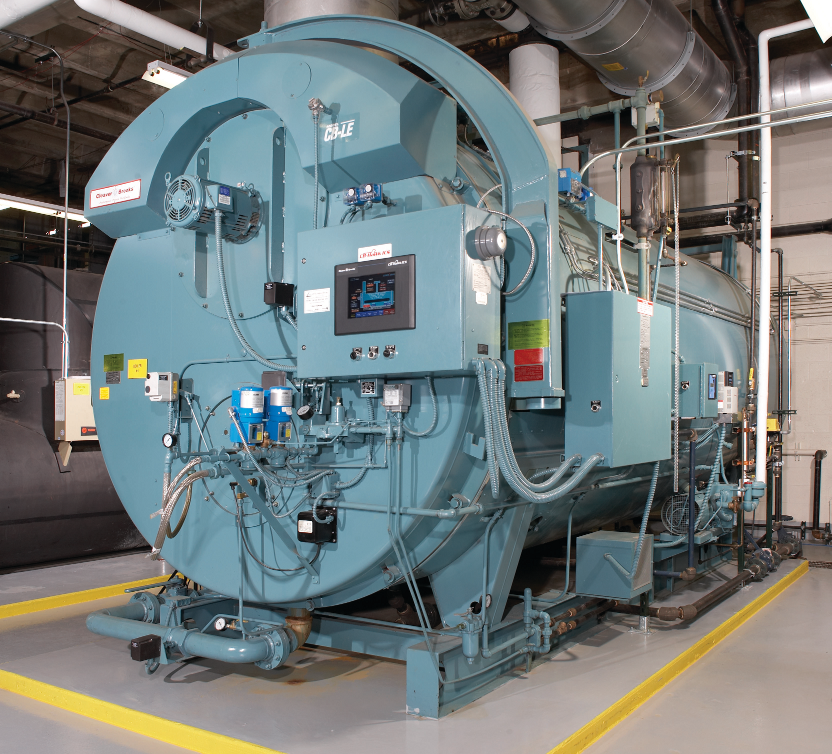Funademtals of boiler sample conductivity
January 09, 2017 0 Comments

Grab sampling for off line analysis
Even with continuous TDS monitoring, periodic samples should be collected as a check, plus with gravimetric analysis it can be used to standardize the TDS analyzer. Standardizing adjusts the TDS solids content factor, which can change with changes in water supply source or chemical treatment. When collecting a sample it is important to ensure that you get a representative sample.
Boilers have a connection for surface or TDS blowdown, which is a good place to obtain a representative sample. Samples from close to the boiler feedwater inlet could give a false reading.
Samples from level gauge glasses or external control chambers may contain condensate and should be avoided. If sample water is simply drawn from the boiler, it will violently flash to steam as its pressure is reduced. Not only is this potentially very dangerous to the operator, but any subsequent analysis will also be wrong due to the loss of the flashed steam concentrating the sample. To get a cooled sample for analysis, a sample cooler (see nearby illustration) will be required. The sample cooler is a small heat exchanger that uses cold water to cool the boiler water sample below the flash point.
What is meant by neutralized conductivity?
Boiler water typically contains hydroxyl (OH-) ion alkalinity from high pH. The OH- ion has very high conductivity but is a dissociate of H2O so does not contribute to TDS. The OH- ion conductivity can be eliminated by reducing the pH to 7 or neutralizing the sample with an organic acid such as gallic or acetic acid. Organic acids contribute a negligible amount to boiler conductivity.
What is the relationship between TDS and
conductivity?
TDS ions from dissolved solids create the ability for water to conduct an electrical current, which is measured by the IC Controls 210-C and immediately displayed as sodium chloride ppm or mg/L, or as a conductivity analyzer displayed as
μS/cm. When directly measured in process the conductivity detected is not neutralized.
IC Controls 210-C has an adjustable SCF solids content factor to match your application.
Typical non neutralized TDS solids content factors:
TDS as NaCl: 0.47 to 0.50
TDS as 442®: 0.65 to 0.85
TDS as KCl: 0.50 to 0.57
Typical neutralized TDS Conversion Factors:
TDS as NaCl: 0.70 to 0.75
TDS as KCl: 0.74 to 0.84
Water treatment chemicals and dispersant can cause significant variations specific to each plant. In the more concentrated boiler water the solids content factor typically is found between 0.55 and 0.9 ppm TDS per μS/cm. The water treatment company should be consulted and periodic gravimetric TDS tests done to confirm the solids content factor is stable.
Also in Blog

Advanced Cooling Tower Management: Enhancing Efficiency with Lakewood Model 140
February 28, 2024 0 Comments

Optimizing Cooling Tower Performance: Understanding Efficiency, Maintenance, and Water Quality Management
February 28, 2024 0 Comments

Revolutionizing Water Analysis: Everything You Need to Know About the Kemio KEM10DIS
April 19, 2023 0 Comments


